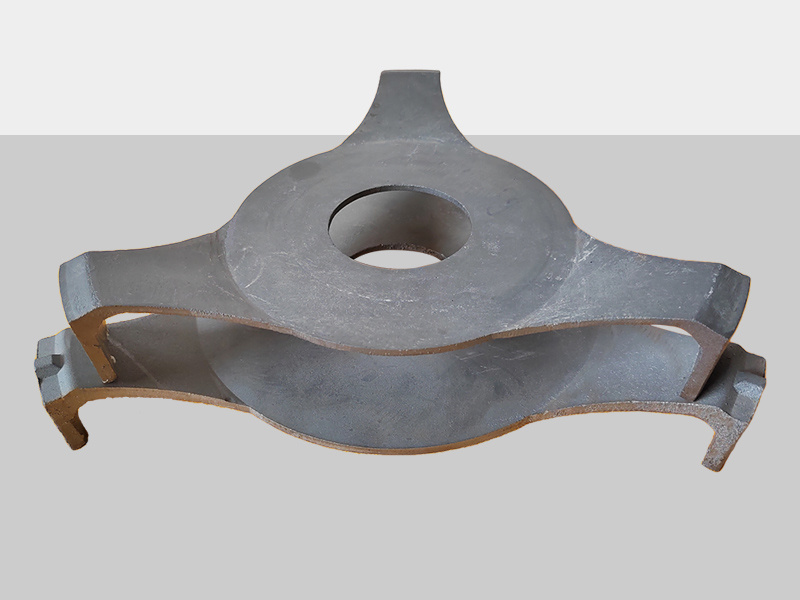Dry goods analysis: Understand high-temperature kiln materials in one minute
Release time:
2022-12-26
High-temperature kiln furniture It is a kind of refractory material, whose quality directly affects the quality and production cost of the fired products. Kiln furniture materials should have high refractoriness, good thermal stability, high strength at normal and high temperatures, the load of its products and kiln furniture, good thermal conductivity, low heat storage capacity and oxidation resistance.

High-temperature kiln furniture materials include the following weight proportions of components: 40-80 parts of alumina, 40-60 parts of 80-mesh white corundum, 1-10 parts of secondary ceramic materials, 2-8 parts of Suzhou white clay, 1-4 parts of silicon dioxide, 0.2-1.0 parts of oleic acid, 3.2-7.8 parts of paraffin wax, 1.2-2.4 parts of beeswax. This invention uses secondary ceramic materials as raw materials, making the pores of the kiln furniture materials more dense; due to the high temperature resistance and wear resistance of the secondary ceramic materials, the shrinkage rate of the kiln furniture materials is significantly reduced, the thermal shock resistance is strong, it is not easy to crack during high temperature use, it can withstand high temperatures of 1800℃-2000℃, has a long service life, and has excellent properties such as high strength, high refractoriness, and high wear resistance; in addition, secondary-fired ceramic materials are a kind of waste material, and its recycling not only saves costs and turns waste into treasure, but also reduces environmental pollution. The preparation process of high-temperature kiln furniture is simple and the conditions are easy to control, and it can achieve large-scale industrial production.
High-temperature kiln furniture It is a kind of shaped refractory material that plays a supporting and protective role in the firing process of ceramic and magnetic materials. High-temperature kiln furniture has a very important impact on the quality of ceramic products and the energy consumption of the ceramic industry, mainly including saggers, shelves, slabs, pillars, and pushers. The performance of kiln furniture directly affects the quality and production cost of fired ceramics. General kiln furniture materials should have the following basic properties: high refractoriness, good thermal shock resistance, good chemical stability; and high strength at normal and high temperatures, because one of the functions of kiln furniture is to bear the load of the product and the kiln furniture itself. High-strength high-temperature kiln furniture materials can make the kiln furniture lighter and thinner, thereby increasing the kiln loading density and improving product quality; good thermal conductivity, low heat storage; regular appearance and accurate dimensions.
High-temperature kiln furniture: With the transformation of ceramic industrial firing technology from traditional saggar firing to boxless open-flame firing, the demand for high-quality ceramic kiln furniture shelves is increasing. Shelves, as special kiln furniture for supporting porcelain pieces, have always been an important auxiliary material in the ceramic industry. Most materials are cordierite-mullite composite materials, which have good thermal shock resistance and excellent high-temperature performance. Cordierite-mullite shelves are sintered from mullite and cordierite. The mechanism is that the thermal expansion coefficient of cordierite is much smaller than that of mullite because it has larger voids in the ring structure. The matching of the thermal expansion coefficients of cordierite and mullite leads to the formation of microcracks at the two-phase interface, which prevents the propagation of destructive cracks, thereby greatly improving the thermal stability of the cordierite-mullite shelf.




